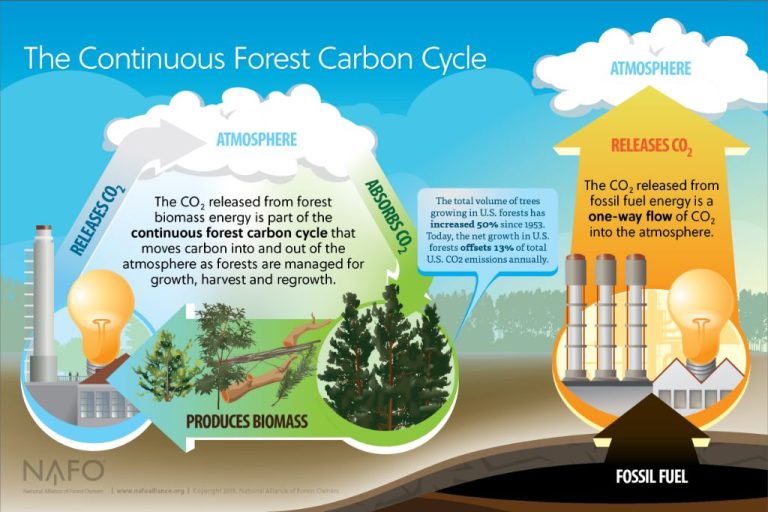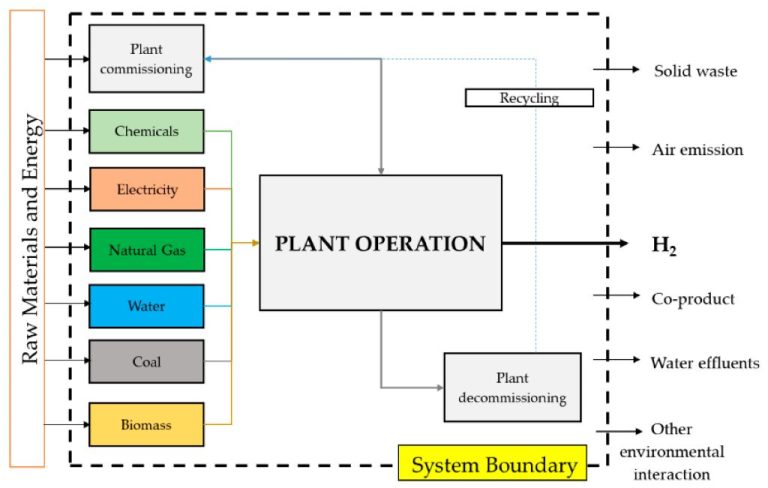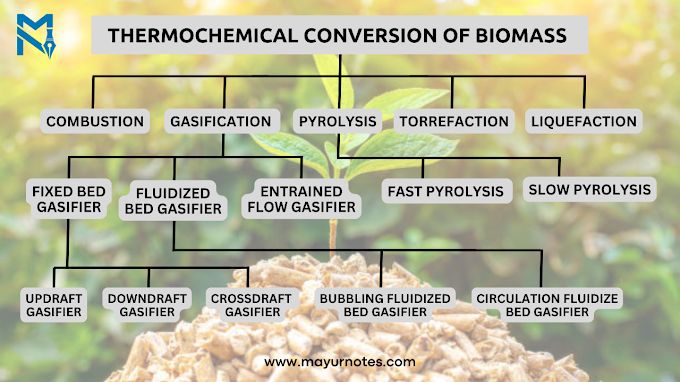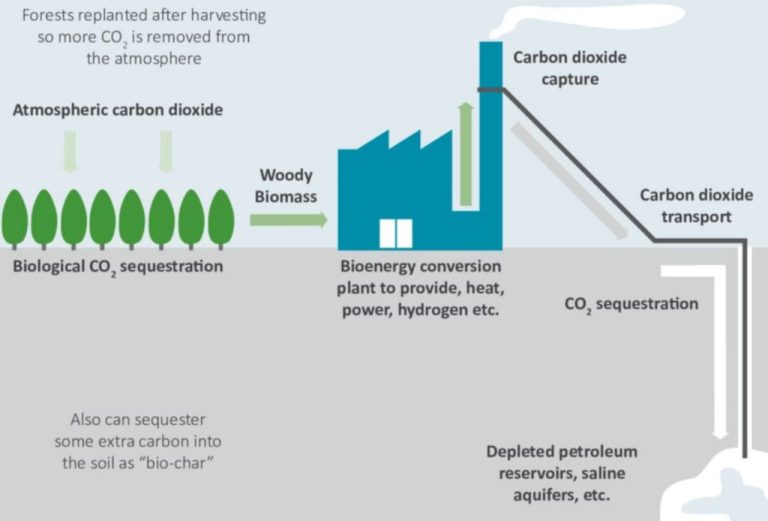Which Energy Is Most Used In Biomass?
Biomass energy, also known as bioenergy, refers to renewable energy derived from organic matter. It can come from plant or animal waste, known as biomass. The most common types of biomass used for energy include:
- Wood and wood processing waste – One of the oldest sources of biomass energy, wood pellets and other wood by-products are commonly used for heating and electricity generation.
- Agricultural residues – Crop residues like corn stalks and sugarcane bagasse left over from agricultural production can be burned directly or processed into biofuels.
- Food waste – Organic matter like uneaten food, vegetable peels, etc. can be converted into useful energy through anaerobic digestion.
- Animal manure – Livestock manure can produce methane via decomposition which is then captured and used as fuel.
- Municipal solid waste – Everyday waste like paper, cardboard, food scraps and grass clippings can be processed and recovered for energy.
- Landfill gas – The natural decomposition of trash in landfills produces methane gas that can be captured and used as an energy source.
In this article, we will explore and compare the different types of biomass energy sources.
Wood
Wood is the most widely used biomass energy source globally. It can come from sources like forests, woodlands, or even urban trees. Wood is considered a renewable energy source as long as replanting occurs at the same rate as harvesting. The main uses of wood for energy are:
- Direct burning for heating and cooking
- Processed into wood pellets for industrial and residential heating
- Converted into wood gas for fueling engines and power generation
Wood provides around 40% of the world’s renewable energy supply. It is readily available in many parts of the world and has been used for heating and cooking for thousands of years. The traditional use is burning logs or twigs in open fires or primitive stoves. Modern wood energy uses advanced technologies for clean and efficient energy production.
Wood Pellets
Wood pellets have emerged as a major biomass fuel source. They are made from compressed sawdust and wood chips that are subjected to high pressure and temperature. This processing allows the natural lignin found in wood to act as a binder to hold the pellet together.
The compression process increases the density of the wood, which enables efficient storage and transportation. Wood pellets typically contain 8,000 to 12,000 BTU per pound and are very uniform in size and shape. These characteristics make wood pellets easy to handle, store, and transport.
Wood pellets are commonly used in stoves and boilers for home heating. They are also utilized on a larger scale by power plants to generate electricity. The wood pellet industry has seen significant growth in recent years, especially in Europe where pellets are imported from North America and other regions.
Agricultural Residues
Agricultural residues like straw, husks, and stalks make up a significant portion of biomass resources. These residues come from the parts of crops leftover after agricultural processing, like wheat stalks and rice husks. According to some estimates, crop residues alone could produce over 120 million dry tons of biomass annually. This would require collecting only around 25% of the available residues while leaving the rest to replenish soil nutrients.
Using agricultural residues as an energy source provides a productive use for this leftover material. Otherwise, these residues are often burned or left to decompose. Utilizing them for biomass energy helps reduce waste while creating a valuable energy resource. Agricultural residues tend to have a high lignin content which can produce more energy when combusted. Converting residues to energy also avoids greenhouse gas emissions that would occur if the residues were burned in the field.
However, utilizing too much of the available agricultural residues can damage soil quality if excessive amounts are removed. So maintaining a balance between residue removal and replacement is important. Overall, agricultural residues offer a promising energy feedstock that is already abundant and does not compete with food production.
Food Waste
Food waste is increasingly being utilized as a biomass energy source. Billions of tons of food are wasted each year globally, either during production, processing, distribution, or final consumption. This food waste ends up rotting in landfills, releasing methane. Capturing this waste stream and using it for energy generation solves two problems – it diverts waste from landfills while also harnessing its energy potential.
Food waste has a high moisture content, making it difficult to burn directly. But there are various processes like anaerobic digestion, fermentation, and thermal conversion that can generate useful energy products from food waste, including biogas, biofuels, and heat. The biodegradable and renewable nature of food waste gives it an advantage over fossil fuels.
Many cities and communities are implementing food waste collection programs to supply biomass energy facilities. Diverting food waste from landfills to biomass plants is being encouraged through policy initiatives as well. As more food waste becomes available, its share in biomass energy generation is expected to grow.
Animal Manure
Animal manure refers to feces and urine excreted by livestock such as cattle, pigs, sheep, goats, and poultry. Manure contains organic matter and nutrients that can produce biomass energy through anaerobic digestion, gasification, or combustion.
The methane produced from the decomposition of manure can be captured and used to generate electricity and heat. Capturing biogas from manure prevents the release of methane, a potent greenhouse gas, into the atmosphere. Using manure as an energy source also provides waste management and odor control benefits.
Poultry litter, the mixture of feces and bedding material from chicken and turkey operations, is another abundant biomass resource. Through thermal conversion processes, energy can be recovered from poultry litter to power farms and reduce waste.
Municipal Solid Waste
Municipal solid waste (MSW) refers to everyday items we use and then throw away, like product packaging, grass clippings, furniture, clothing, bottles, food scraps, newspapers, and batteries. According to the EPA, Americans generated 292.4 million tons of municipal solid waste in 2018.
A significant portion of MSW is made up of organic, biodegradable materials like paper, cardboard, food waste, leaves, grass clippings, and tree trimmings. When this biodegradable waste decomposes anaerobically in a landfill, methane gas is produced which can be captured and used to generate electricity. Landfill gas is estimated to account for approximately 15% of total U.S. methane emissions.
Many communities are working on reducing the amount of organic waste sent to landfills through composting programs and converting more of their garbage into energy through waste-to-energy plants. The biodegradable portion of MSW represents a renewable form of biomass energy when handled properly.
Landfill Gas
Landfill gas is a type of biomass energy that is produced from the decomposition of municipal solid waste in landfills. As organic waste like food scraps, paper, and yard trimmings break down, they release methane gas. Landfill gas is composed of roughly 50% methane, 50% carbon dioxide, and small amounts of other gases.
Many modern landfills have systems to capture the methane gas and use it as an energy source. The gas is piped to a central point where it can be processed and cleaned. From there, the methane can be used to generate electricity, replace fossil fuels in industrial and manufacturing operations, or upgraded to pipeline-quality gas.
Using landfill gas helps prevent methane from escaping into the atmosphere. Methane is a potent greenhouse gas, so capturing it reduces emissions. It also allows energy content in waste materials to be recovered rather than wasted.
The use of landfill gas has grown in recent years, but there is still more potential. The EPA estimates over 500 landfills in the United States could benefit from installing landfill gas energy projects. More widespread adoption could lead to greater waste-to-energy benefits.
Comparison of Sources
When examining the usage of different biomass fuels, wood and wood pellets account for the largest share. In 2020, wood and wood pellets made up around 60-70% of total biomass energy consumption worldwide. Agricultural residues follow at around 15-20%, while food waste, animal manure, municipal solid waste, and landfill gas each account for 5-10% of total biomass energy use globally.
On a country by country basis, the distribution can vary significantly based on local resources and policies. For example, Scandinavian countries rely more heavily on wood pellets for heating and power generation compared to Asian countries that utilize larger amounts of agricultural residues. But overall, wood and wood pellets dominate global biomass energy use thanks to their widespread availability, established supply chains, and relative ease of use in biomass power plants and heating applications.
Conclusion
As we have seen, there are several significant sources of biomass energy. Wood in the form of wood pellets, chips, and logs is one of the most commonly used biomass fuels. Agricultural residues like corn stover, wheat straw, and sugarcane bagasse provide abundant biomass from farming activities. Food waste from homes, restaurants, and industries can be converted into useful energy instead of taking up space in landfills. Animal manure from livestock operations is another widespread biomass resource. Finally, municipal solid waste that would otherwise end up in landfills can be utilized for generating electricity and heat. While all these sources have advantages and drawbacks, collectively they demonstrate that biomass can make a substantial contribution to energy needs in a sustainable manner.







